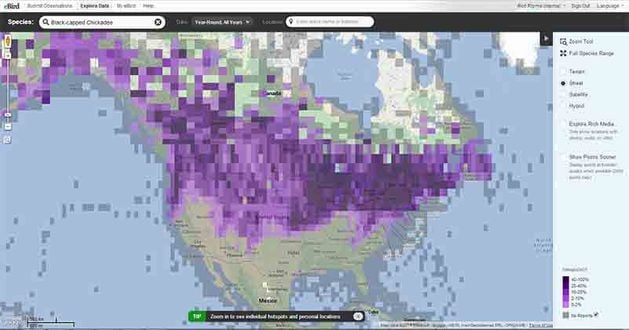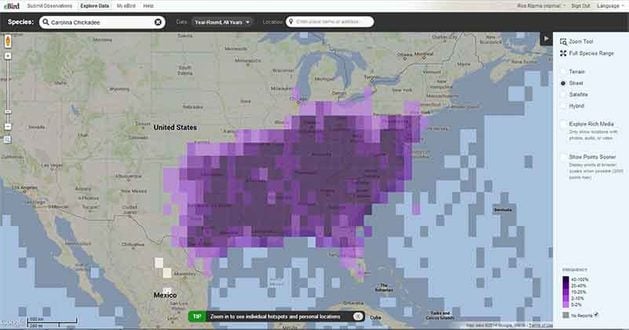Black Capped Chickadee vs Carolina Chickadee: ID Challenge
Updated: May 09, 2022
Learn to tell the difference between a black capped chickadee vs a Carolina chickadee. See what these birds look like and where to find them.
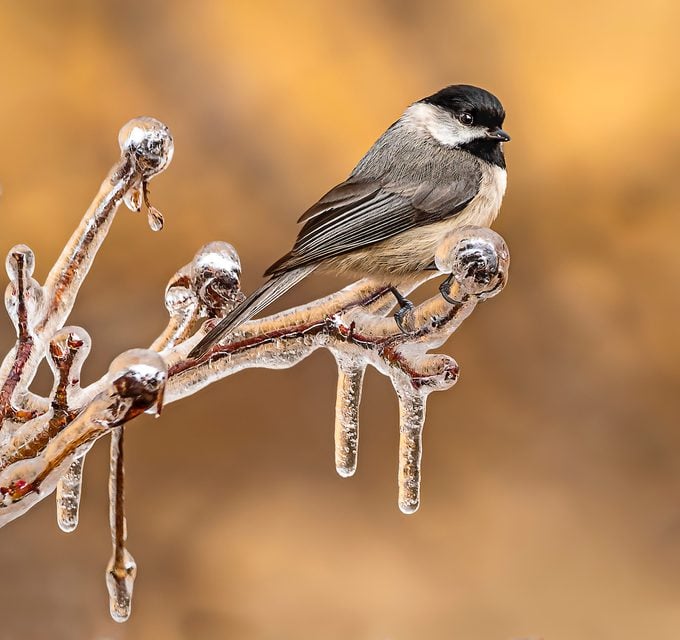
One of the most common identification challenges that I run into when working at Wild Birds Unlimited is trying to tell the difference between a black-capped chickadee vs a Carolina chickadee. Many people call all chickadees black-capped by default, even though that is not the chickadee species that occurs in many areas around the country. Part of the confusion with identifying these two birds is there is a large area where their ranges come together. They will actually hybridize, making telling the species apart almost impossible. Range maps for both types of chickadees are below.
Black-Capped Chickadee Range Map
You can tell in this map from eBird that black-capped chickadees are the more northern of the two chickadee species we are comparing. They range across the eastern and western states.
Learn how to identify and attract a mountain chickadee.
Carolina Chickadee Range Map
In contrast to the previous map, we can see that the Carolina chickadee is the more southern of the two species we are comparing. These birds are mostly found in the eastern half of the United States.
Nuthatch vs chickadee: Here’s how to tell the difference.
Black Capped Chickadee vs Carolina Chickadee Identification
In addition to having different ranges, there are small variations in the plumage of these species. As you can see in the photos below, the black-capped chickadee has a white nape (the back of the neck) and white edges on its secondaries, where the Carolina chickadee shows a much more gray nape and more gray in the secondaries.
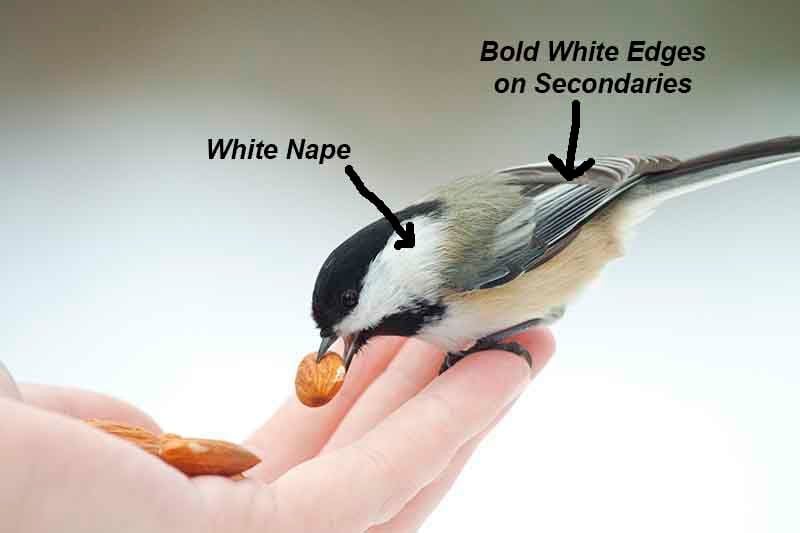
You can really see how white the edges of the secondaries are in this photo of a black-capped chickadee. It also helps to get an up-close view!
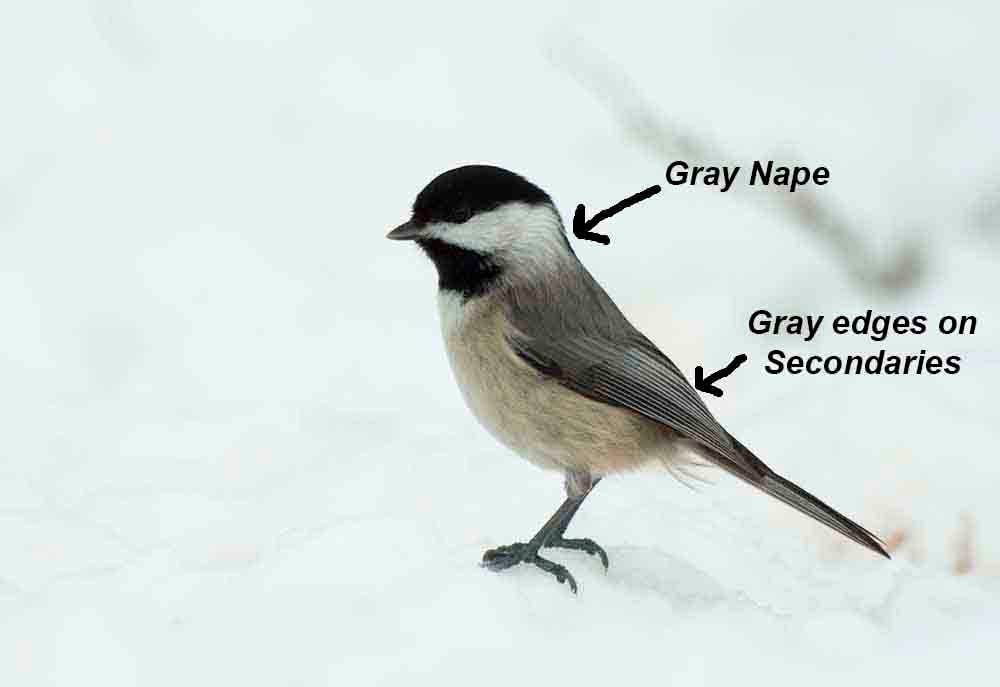
I always find it easiest to see the difference in the secondaries. This Carolina chickadee shows almost no white in that area at all!
Next, check out incredibly cute chickadee pictures. Or, take on another ID challenge — a house wren vs. a Carolina wren.

